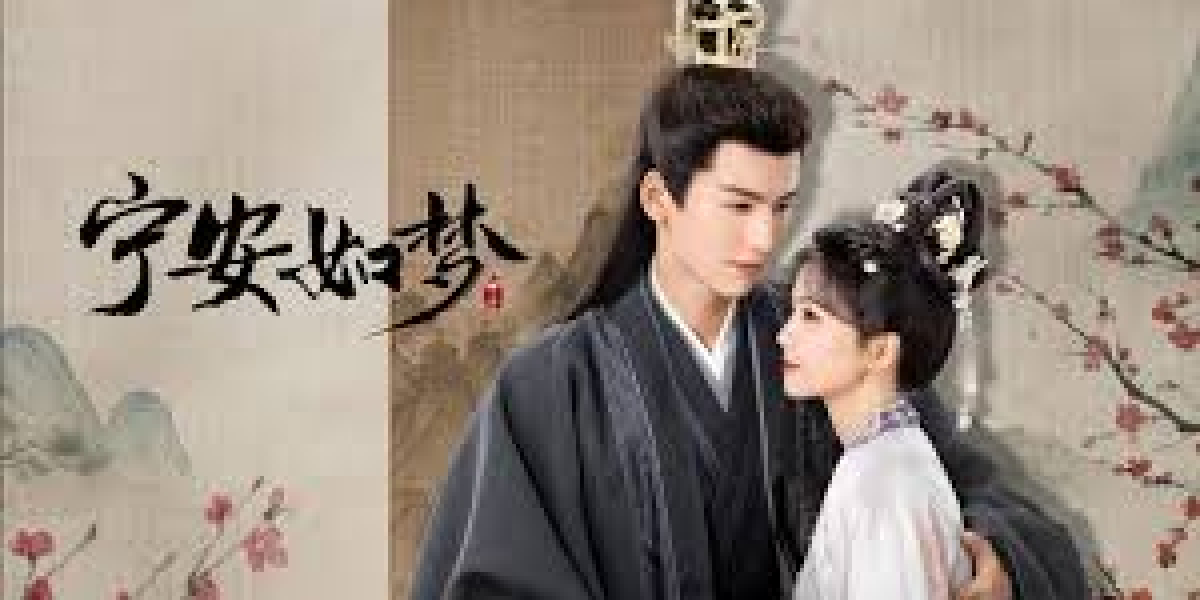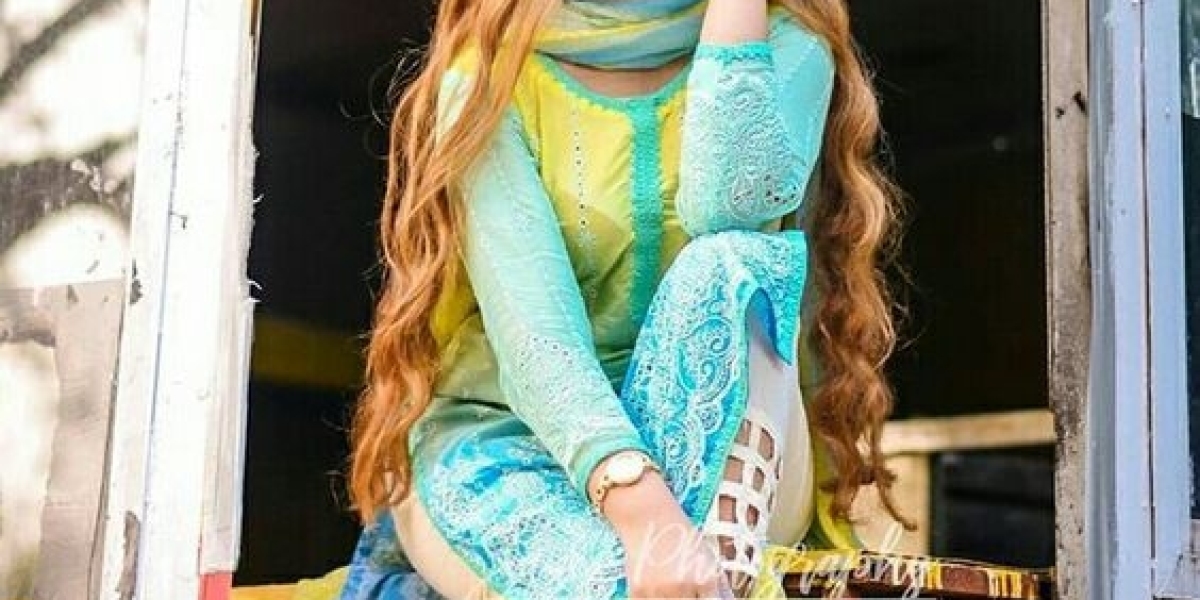Fashion is more than just fabric—it is a powerful form of expression. Across Africa, traditional attire represents centuries of history, culture, and creativity, making african clothes a global treasure. The intricate designs, vibrant colors, and unique textures of traditional African fashion not only embody beauty but also tell rich stories of the people who wear them.
In a world dominated by fast fashion and ever-changing trends, traditional African fashion stands out for its timeless elegance. Rooted in the continent's diverse cultures and traditions, it remains a symbol of heritage, identity, and artistry that transcends generations.
The Diversity of African Fashion
Africa is a continent of immense cultural diversity, with each region offering its own distinct style. From the regal kente cloth of Ghana to the elaborate beadwork of the Maasai in Kenya, the variety is staggering. Each piece of clothing or accessory holds meaning, often tied to rites of passage, social status, or religious beliefs.
West Africa: Bold and Vibrant
West African fashion is renowned for its vibrant colors and patterns, often seen in textiles like kente, ankara, and adire. Kente, traditionally woven by the Ashanti and Ewe peoples of Ghana, is a symbol of royalty and wealth. It is made up of complex geometric patterns in rich hues of gold, red, and green, and is worn during important ceremonies such as weddings and funerals.
Ankara, on the other hand, has gained international recognition in recent years. Known for its bold, colorful prints, this cotton fabric has become a favorite in contemporary African fashion. It represents modernity while still paying homage to traditional design aesthetics.
East Africa: Elegance in Simplicity
In East Africa, fashion is often defined by elegance and simplicity. The kanga and khanga, worn primarily in Tanzania and Kenya, are versatile cotton garments with bold prints and proverbs written in Swahili. These garments serve as daily wear for women but are also integral to special occasions such as weddings and festivals.
Another iconic piece from East Africa is the shuka, a traditional Maasai cloth characterized by its red and blue plaid pattern. Originally worn by Maasai warriors, the shuka has become a symbol of bravery and cultural pride.
North Africa: A Fusion of Cultures
North African fashion is heavily influenced by both African and Middle Eastern traditions. Djellabas, kaftans, and abayas are common garments that combine modesty with intricate embroidery and luxurious fabrics like silk and velvet.
In Morocco, the djellaba, a long, loose-fitting robe with a hood, is a staple for both men and women. It reflects the Islamic influence in the region and is worn for religious and formal events. Meanwhile, kaftans, often embellished with beads and embroidery, are associated with wealth and sophistication.
Southern Africa: Beadwork and Heritage
Southern African fashion often incorporates intricate beadwork, particularly among the Zulu, Xhosa, and Ndebele communities. The isidwaba (leather skirts) worn by Zulu women and the umbhaco (traditional skirt) of the Xhosa people are adorned with colorful beads that carry symbolic meanings related to marriage, status, and identity.
The Ndebele people, known for their vibrant house murals, translate their artistic expression into clothing. Ndebele women wear nyoga (neck rings) and jocolo (traditional aprons) adorned with geometric beadwork, signifying their marital status and heritage.
The Role of Traditional Fashion in Modern Times
While globalization has brought significant changes to African fashion, the essence of traditional attire remains intact. Many African designers are now blending the old with the new, infusing modern cuts and designs with traditional fabrics and techniques. This fusion of contemporary fashion and ancient customs creates an exciting, evolving aesthetic that resonates with people worldwide.
Designers like Laduma Ngxokolo, with his renowned Maxhosa brand, showcase the beauty of Xhosa beadwork and patterns through knitwear. Similarly, Lisa Folawiyo from Nigeria has brought Ankara to the international runway, redefining how traditional prints are perceived in high fashion.
African fashion has also gained recognition on global platforms such as the Lagos Fashion Week and the Africa Fashion International event in South Africa. These platforms highlight the creativity and innovation of African designers, helping to shift the narrative of Africa as merely a source of inspiration to a key player in the global fashion industry.
Conclusion: A Celebration of Heritage
Traditional african attire is more than clothing—it is a celebration of culture, identity, and history. From the majestic kente of West Africa to the intricate beadwork of Southern Africa, these garments reflect a continent rich in creativity and heritage. While the world of fashion may be fast-paced and ever-changing, the timeless elegance of traditional African attire continues to inspire and captivate, standing as a testament to the enduring power of cultural expression.







